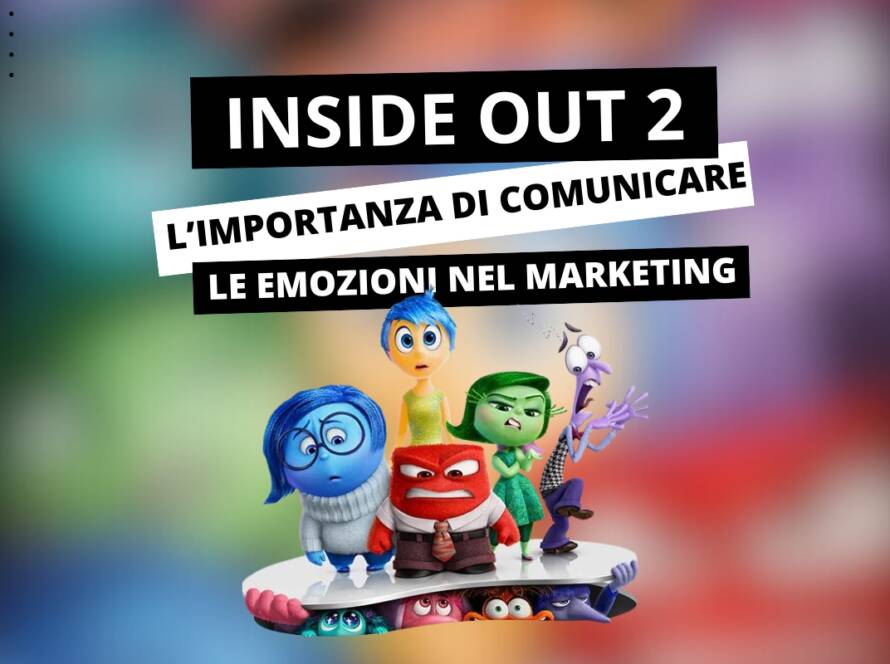On June 16, Joyceans and literary fans alike celebrated Bloomsday, one of Dublin’s largest festivals, dedicated to James Joyce’s monumental 1922 novel Ulysses. Bloomsday is a play on the name of one of the book’s main characters, Leopold Bloom, and it coincides with the day the entire novel takes place.
The modernist classic is renowned for being notoriously difficult to read. In Ulysses, Joyce completely flips Homer’s iconic Odyssey by setting it in Edwardian Dublin. Instead of navigating the Mediterranean, the setting is merely one city, and our Odysseus purposely avoids Ithaca, knowing his Penelope is being unfaithful.
Joyce’s Daybook
Modernism was a literary movement that experimented with alternative methods of storytelling and communicating. Ulysses is often referred to as Joyce’s “daybook”; it brings the reader inside the character’s mind. Thoughts are expressed in their purest form: unpolished, unburdened by punctuation or, at times, logic. This stream of consciousness is what makes Ulysses hard to read, but that’s not all. Joyce’s Odyssey is an odyssey in all senses of the word: it’s also a journey through different literary styles.
Another reason Ulysses is referred to as the “daybook” is in juxtaposition to Joyce’s later classic: Finnegans Wake. If the goal of Ulysses was to express pure consciousness, Finnegans Wake wants to reveal the subconscious.
The Nightbook
As a communication agency, we’re well aware that “the medium is the message”, however Joyce took this idea to its extreme consequences. Finnegans Wake is, essentially, unreadable. Joyce deliberately goes against all conventions and preconceptions contained within language: trying to remove the message from the medium. The book is technically written in English but it also perverts and transforms it. If Ulysses was a journey through Dublin, the mind and literary styles, Finnegans Wake is a fight for freedom from conventions, order and communication.
It’s hard not to see a parallel between what Joyce wanted to showcase, by breaking down communication, and today’s political landscape. Finnegans Wake was written between 1923 and 1939, a time in which right-wing fascist governments were coming into power. The same, in a way, is happening today as western countries stray further to the right. It’s a fight between conservative ideas, which aim to homogenise culture and society, and the heterogenous, prismatic nature of experience. This conflict is also depicted through the struggle between masculine and feminine, between fertile chaos and authoritarian order.
Translating a translation
Joyce’s goal was, arguably, to authorise language not author it, to let the subconscious manifest through a lyrical dream-like communication not dictate it. Therefore, translating Finnegans Wake in other languages is not an enviable task. The novel is composed of double-entendres, words and expressions from over 40 different languages, sounds and made-up words making its translation an exhausting job. Essentially Joyce translates dreams into a dream-like language, thus any translation would be a translation of a translation.
Nevertheless, Joyce was the one to ask his Italian friend Nino Frank to translate the Wake before it was “too late”. The author believed that everything could be translated and encouraged writers to tackle his “nightbook”. However, as previously mentioned, this was no easy job. Although, over the years, the novel was translated into multiple languages, the Italian edition was only completed in 2019. Translators Enrico Terrimoni and Fabio Pedone described this process by saying: «It took us almost three years, five hours a day, to translate 70 pages that, if this were a normal book, would have taken us 7 days».
The media is the message
Joyce understood that the way you say something, in itself, says something. He saw how communication involves layers of meaning, hierarchies and history and, so, he tried to tear it all down. Finnegans Wake is a “collideoscope” of communication, a Ulysses-style flip of the Tower of Babel, in which true Unity is found not in one homogenous language but in the combination of languages, sounds and music which constitute the fertile ground in which communication thrives.





